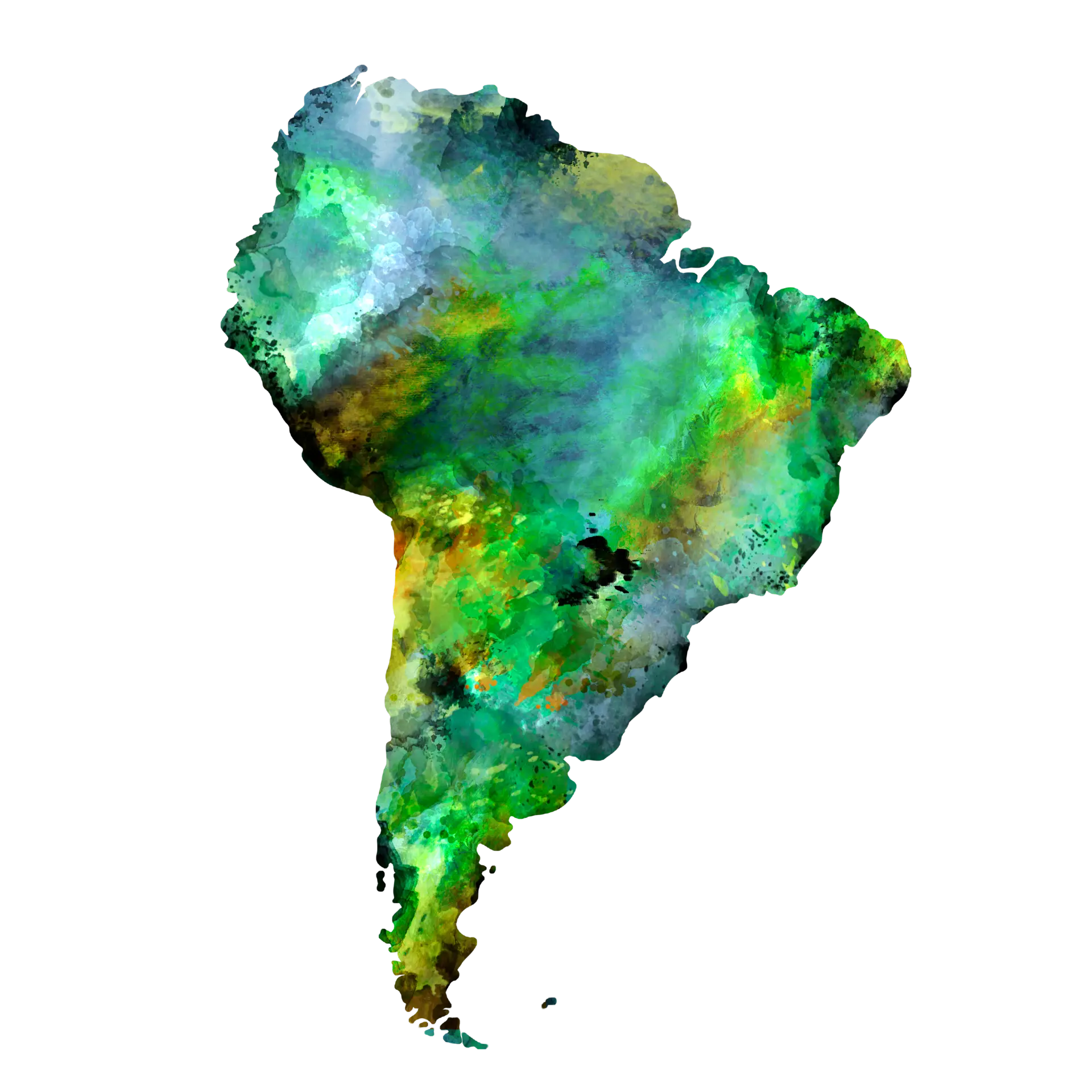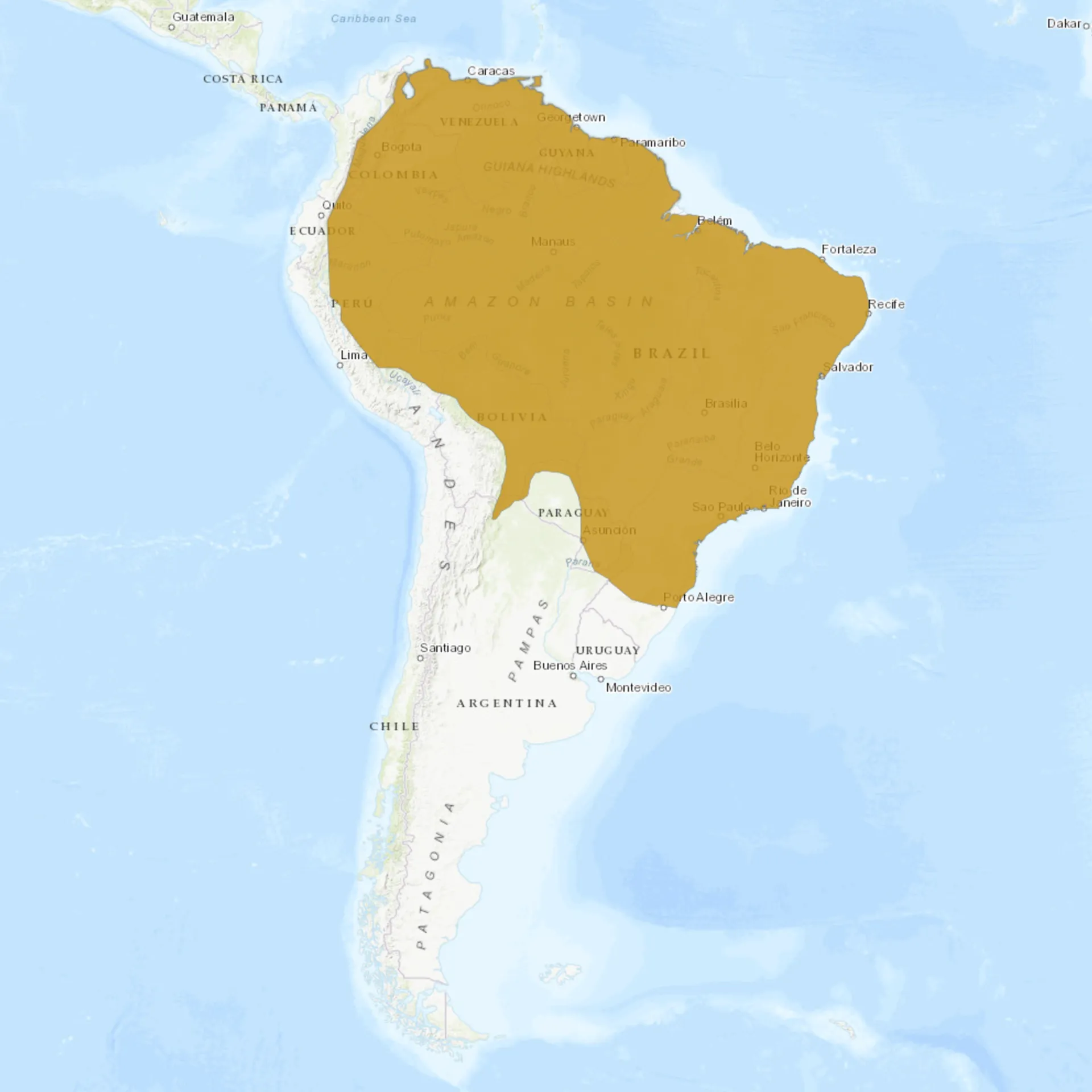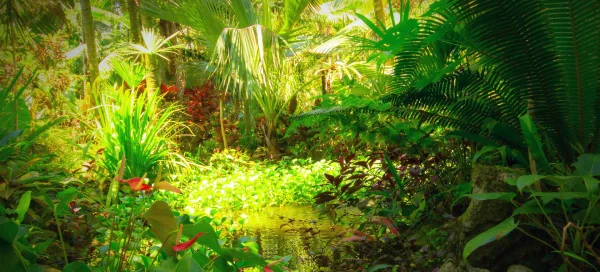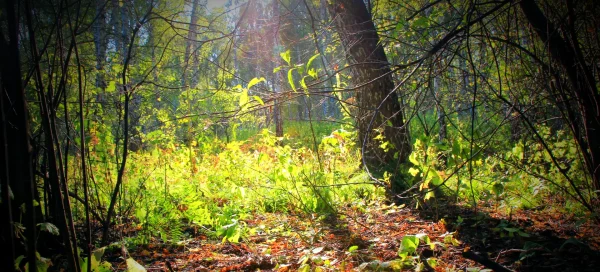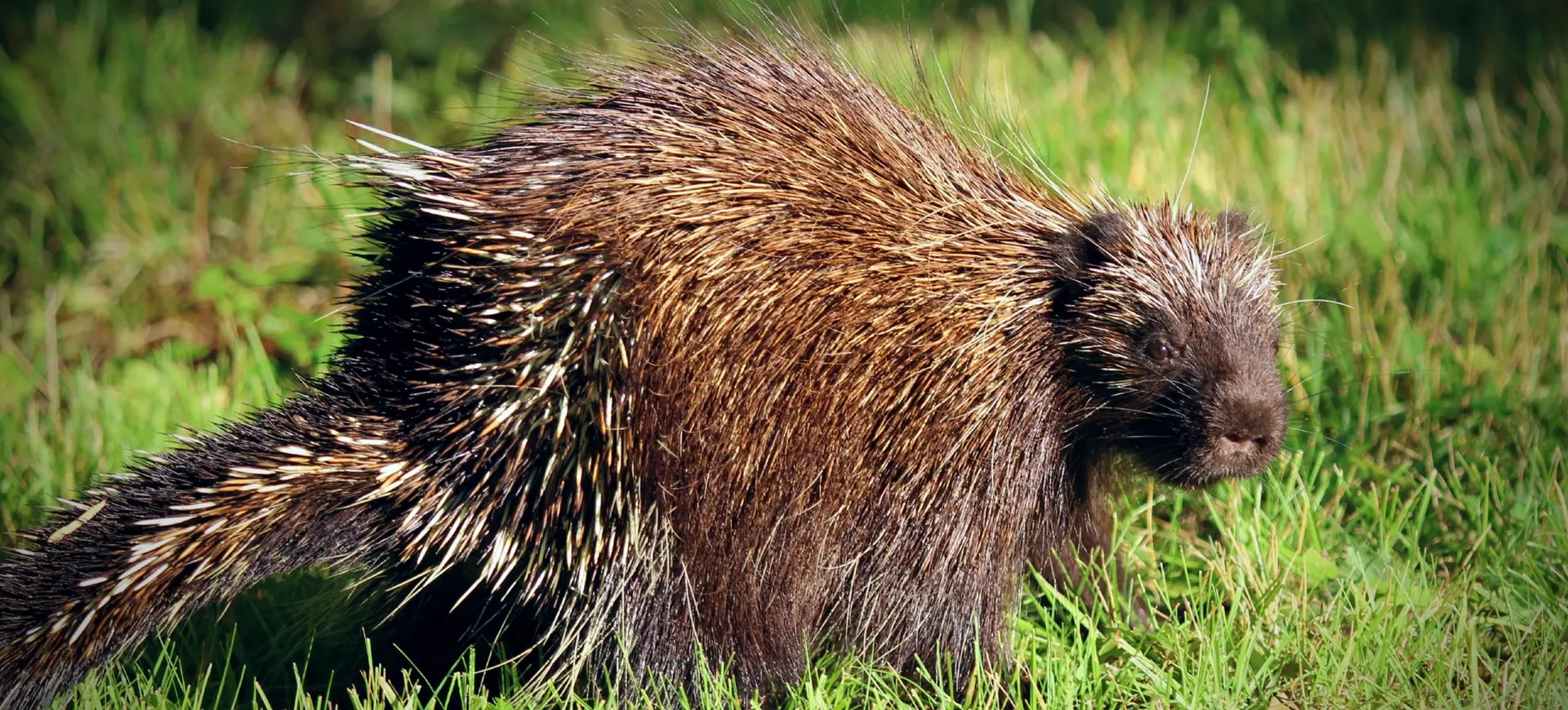Overview
The Brazilian porcupine (Coendou prehensilis) is a nocturnal, arboreal rodent native to the forests of South America. It is known for its prehensile tail, which acts as a fifth limb, aiding in climbing and maneuvering through dense vegetation. Unlike terrestrial porcupines, its quills are shorter and interspersed with soft fur, protecting without hindering mobility in trees. This species is highly adapted to an arboreal lifestyle, spending most of its time in the forest canopy searching for food.
Brazilian porcupines are solitary animals, typically coming together only during the breeding season. They communicate through vocalizations, including growls, whines, and high-pitched cries, which help them navigate their environment and warn off threats. Their diet consists mainly of fruits, leaves, seeds, and bark, making them important seed dispersers in their ecosystem. Despite their slow movements, they are agile climbers, relying on their strong claws and gripping tail for stability.
Although Brazilian porcupines are not considered endangered, they face threats from habitat destruction, hunting, and the illegal pet trade. Their forest habitats are increasingly fragmented due to deforestation and agricultural expansion, limiting their access to food and shelter. In some regions, they are hunted for meat or persecuted by farmers who view them as agricultural pests. Conservation efforts focus on habitat protection and raising awareness about their ecological role in maintaining forest biodiversity.
Taxonomy
Kingdom
Phylum
Class
Order
Family
Genus
Species
Type
Current distribution:
Brazilian porcupines are widely distributed across northern and central South America, including Brazil, Venezuela, Colombia, Ecuador, Bolivia, and the Guianas. They are most abundant in the Amazon Basin but also inhabit regions of the Atlantic Forest and other forested areas. While they primarily occupy undisturbed forests, they are sometimes found in agricultural regions or near human settlements. Their adaptability allows them to survive in secondary forests, but habitat destruction remains a significant concern.
Deforestation for agriculture, logging, and urban development continues to fragment their habitat, limiting their movement and access to resources. In some areas, they are hunted for their meat or captured for the illegal pet trade, further threatening local populations. Conservation efforts focus on preserving forested regions and creating wildlife corridors to maintain genetic diversity. Despite these threats, they are still relatively widespread, though ongoing habitat loss may lead to future population declines.
Physical Description:
The Brazilian porcupine has a compact body covered in short, sharp quills ranging from yellowish to brown and black. Unlike Old World porcupines, its quills are not barbed but provide an effective defense against predators. Its head is small and rounded, with large, dark eyes adapted for nocturnal vision and long whiskers that enhance its sense of touch. The nose is fleshy and often pinkish, giving it a distinctive appearance compared to other rodents.
One of its most notable features is its long, prehensile tail, which is nearly as long as its body and helps it grip branches while climbing. Its limbs are short and strong, with curved claws allowing a firm grasp on tree bark. The underbelly lacks quills and is covered in soft fur, providing flexibility when moving through the treetops. Males and females are similar in size, showing little sexual dimorphism.

Lifespan: Wild: ~12 Years || Captivity: ~25 Years

Weight: Male & Female: 4.4–11 lbs (2–5 kg)

Length: Male & Female: 16–25 in (40–64 cm)

Top Speed: 2 mph (3.2 km/h)
Characteristic:
Native Habitat:
The Brazilian porcupine inhabits various forested environments, including tropical rainforests, dry forests, and cloud forests. It is most commonly found in lowland and montane forests where dense vegetation provides ample food and shelter. These porcupines are strictly arboreal, relying on the canopy for protection from ground-dwelling predators. They are adaptable and can also be found in secondary forests and disturbed areas, provided sufficient tree cover exists.
Tree hollows and dense foliage serve as their primary resting sites during the day, offering concealment from predators such as owls, jaguars, and ocelots. Their preference for high tree branches minimizes their predation risk, though they occasionally descend to the forest floor to forage. They thrive in humid, warm climates and require a stable habitat with abundant food sources. As deforestation continues to fragment their natural range, their ability to move between forest patches becomes increasingly difficult.
Climate Zones:
Biomes:
Biogeographical Realms:
Continents:
Diet:
Diet & Feeding Habits:
Brazilian porcupines are herbivorous, feeding primarily on fruits, seeds, leaves, flowers, and tree bark. Their strong, chisel-like incisors allow them to gnaw through tough plant materials, including hard seeds and fibrous stems. They play a vital role in their ecosystem by dispersing seeds across the forest, aiding plant regeneration. Sometimes, they may consume small crops, leading to conflicts with farmers.
Foraging occurs primarily at night, with individuals traveling through the canopy using their prehensile tails for balance and support. Their slow metabolism enables them to survive on relatively low-energy food sources and thrive in nutrient-poor environments. They have a keen sense of smell, which helps them locate ripe fruit and other edible vegetation in the dense forest. Their feeding habits contribute to the health of their habitat by controlling plant growth and promoting biodiversity.
Mating Behavior:
Mating Description:
Brazilian porcupines are believed to be monogamous, with pairs forming strong bonds that last throughout the breeding season. Mating typically occurs in the rainy season when food is abundant, increasing the chances of offspring survival. Courtship involves vocalizations, scent marking, and physical interactions, such as nuzzling and grooming. Once a pair bonds, they may remain together until the female gives birth.
Gestation lasts approximately 195 days, after which a single offspring is born with soft quills that harden within a few hours. The mother provides extensive care, nursing the young for several months while teaching it how to climb and forage. Juveniles remain dependent on their mother for up to a year before becoming independent. Males do not participate in parental care, leaving the mother to raise the offspring alone.
Reproduction Season:
Birth Type:
Pregnancy Duration:
Female Name:
Male Name:
Baby Name:
Social Structure Description:
The Brazilian porcupine is primarily a solitary animal, spending most of its time alone except during the breeding season. Individuals establish home ranges within the forest canopy, where they forage and rest in tree hollows or dense vegetation. While they do not form social groups, their territories may overlap, leading to occasional interactions between individuals. Communication occurs through vocalizations, scent marking, and body postures, especially when encountering potential mates or rivals.
Despite their solitary nature, Brazilian porcupines exhibit some tolerance toward others in shared habitats, particularly in areas with abundant food resources. Mothers provide extensive care for their offspring, with young porcupines staying close to their mothers for several months before becoming independent. They are generally non-aggressive but defend themselves by curling into a ball and raising their quills when threatened. Their nocturnal and arboreal lifestyle minimizes encounters with predators and other porcupines, reducing the need for frequent social interactions.
Groups:
Conservation Status:
Population Trend:
The Brazilian porcupine is a widespread species with a stable population across much of its range in South America. It is commonly found in tropical and subtropical forests, including the Amazon Basin, the Atlantic Forest, and the Andes. Due to its adaptability, it can survive in both primary and secondary forests, allowing it to persist even in areas impacted by deforestation. However, precise population estimates are lacking, as this species is nocturnal and difficult to study in the wild.
Although its population remains stable, localized declines have been reported due to habitat fragmentation and hunting. In some areas, Brazilian porcupines are captured for the illegal pet trade or killed by farmers who view them as pests. The destruction of forest corridors limits their ability to move between habitats, increasing the risk of genetic isolation. While not currently endangered, continued habitat loss could pose future threats, emphasizing the need for long-term conservation monitoring.
Population Threats:
The primary threat to the Brazilian porcupine is habitat destruction due to deforestation for agriculture, logging, and urban expansion. As forests are cleared, these porcupines lose essential food sources, shelter, and safe travel routes, leading to population fragmentation. Isolated populations face a higher risk of genetic bottlenecks, reducing their adaptability to environmental changes. In areas with heavy deforestation, they are forced into human settlements, increasing conflicts with people.
Hunting and the illegal pet trade also pose significant threats, as Brazilian porcupines are sometimes captured and sold as exotic pets. In some regions, they are hunted for meat or killed by farmers who see them as pests due to occasional crop damage. Road construction and other infrastructure developments further fragment their habitat, increasing the risk of vehicle collisions. While their population is currently stable, ongoing habitat loss and human activity could lead to declines in the future.
Conservation Efforts:
Conservation efforts for the Brazilian porcupine focus primarily on habitat protection and forest preservation. Many forests where they reside, such as the Amazon Rainforest and the Atlantic Forest, are under legal protection through national parks and reserves. Organizations working to conserve South American biodiversity emphasize the importance of maintaining forest corridors to prevent population fragmentation. Sustainable land-use practices, reforestation initiatives, and stricter regulations on deforestation help safeguard their natural habitat.
Efforts to combat illegal hunting and the pet trade include wildlife protection laws and public awareness campaigns. In some areas, wildlife rescue centers rehabilitate captured or injured porcupines, releasing them back into the wild when possible. Research and monitoring programs aim to better understand their population trends and ecological roles, ensuring more effective conservation strategies. While the species is classified as Least Concern, continued habitat destruction highlights the need for ongoing conservation initiatives.
Additional Resources:
Fun Facts
- The Brazilian porcupine has a prehensile tail that acts like an extra limb for climbing.
- Brazilian Porcupine quills are not barbed, unlike those of North American porcupines.
- They can emit loud, high-pitched vocalizations to communicate with others.
- Brazilian Porcupines are primarily nocturnal, spending the day resting in tree hollows.
- Their long whiskers help them navigate in the dark.
- This species plays a key role in seed dispersal, helping regenerate forests.
- They curl into a ball to protect themselves with their quills when threatened.
- Their sharp claws allow them to grip branches and climb with ease.
- Despite their slow movements, Brazilian Porcupines are excellent climbers and rarely fall.
- They have one of the longest gestation periods among rodents, lasting about 201 days.

